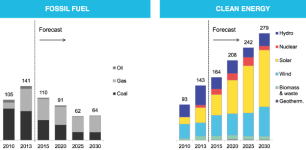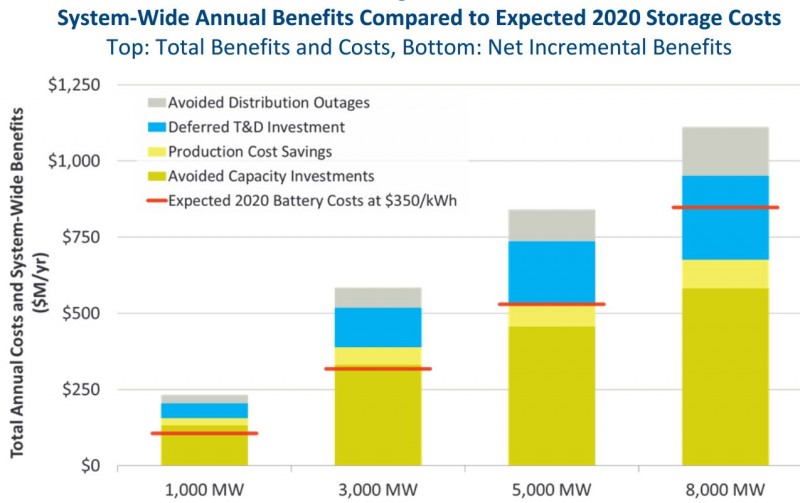arkmundi
10 MW
I'm still reading up. Some nice articles:
http://www.bloomberg.com/news/artic...s-powerwall-event-the-11-most-important-facts
http://www.forbes.com/sites/christo...ll-is-just-another-toy-for-rich-green-people/
http://www.theregister.co.uk/2015/05/04/tesla_powerwall_the_game_change_flavoured_battery/
Its clear that this summer's production starts in the Tesla Model S factory. The "wall-mount" form factor follows that of the Tesla Model S. We must also conclude that Powerwall electronics, management systems, cooling, etc., are also borrowed. For those of us considering using the PowerWall for our LEV's, this is a good thing.
As far as grid-storage is concerned, its yet to be seen. As renewables grow as a slice of grid production, storage becomes proportionally more important. Here in Massachusetts, the mandate is for 25% renewable by 2020, so the need is now. What someone with business savy and money should do is build-out a gigawatt factory on Elon Musk's offer of open-source and expansion, with almost all of that capacity never leaving the site - just building up & up to keep up with the energy storage demand. FYI, Brayton Point, New England's largest coal generation plant, closes in 2017. Our NE-ISO is worried. So was the last Governor. So is the current Governor. They should be.
http://www.bloomberg.com/news/artic...s-powerwall-event-the-11-most-important-facts
http://www.forbes.com/sites/christo...ll-is-just-another-toy-for-rich-green-people/
http://www.theregister.co.uk/2015/05/04/tesla_powerwall_the_game_change_flavoured_battery/
Its clear that this summer's production starts in the Tesla Model S factory. The "wall-mount" form factor follows that of the Tesla Model S. We must also conclude that Powerwall electronics, management systems, cooling, etc., are also borrowed. For those of us considering using the PowerWall for our LEV's, this is a good thing.
As far as grid-storage is concerned, its yet to be seen. As renewables grow as a slice of grid production, storage becomes proportionally more important. Here in Massachusetts, the mandate is for 25% renewable by 2020, so the need is now. What someone with business savy and money should do is build-out a gigawatt factory on Elon Musk's offer of open-source and expansion, with almost all of that capacity never leaving the site - just building up & up to keep up with the energy storage demand. FYI, Brayton Point, New England's largest coal generation plant, closes in 2017. Our NE-ISO is worried. So was the last Governor. So is the current Governor. They should be.





